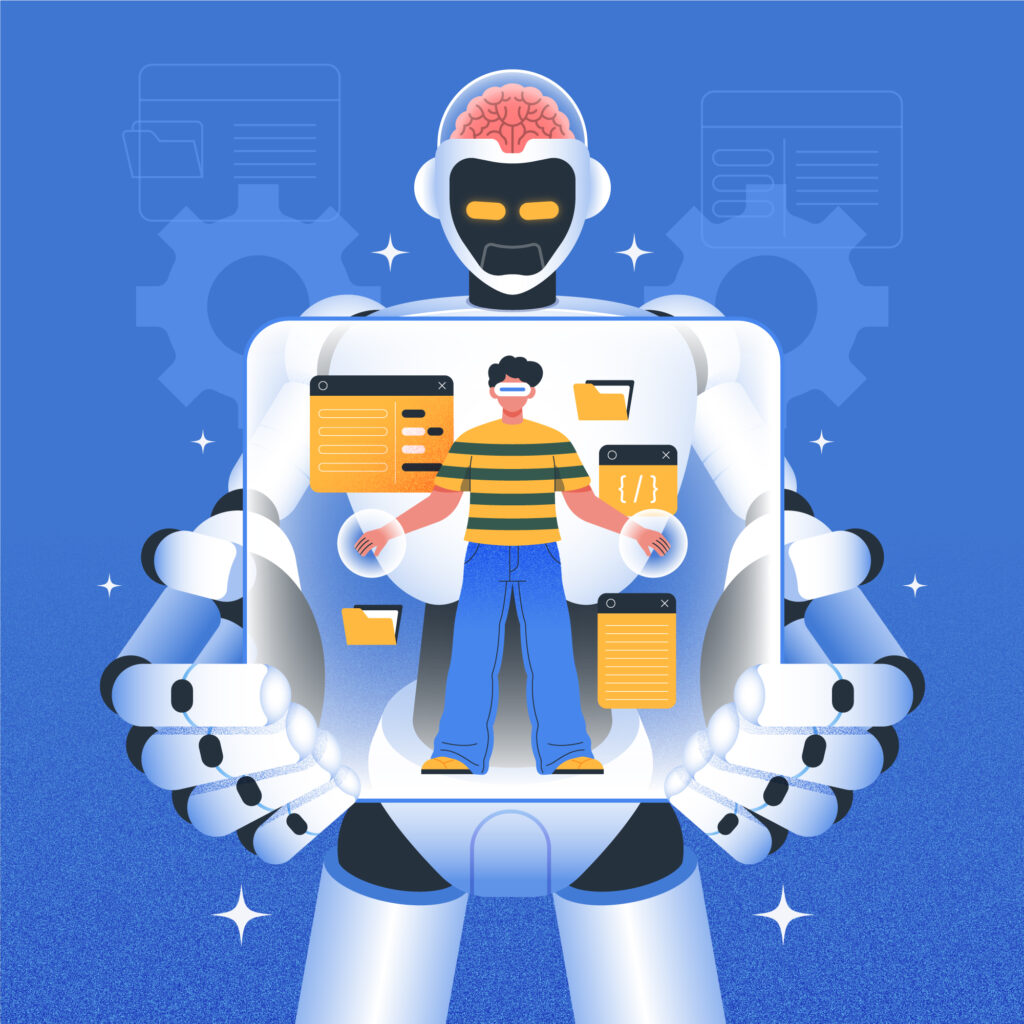How We Got Into MCP (Ep. 0)
TL;DR
We’ve been living in a jungle of APIs, logs, and troubleshooting headaches.
Then we met MCP (Model Context Protocol) — an open standard that lets AI talk to your systems safely and smartly.
This is how we fell for it (and why you might too).
—–

“MCP.” Three letters that have recently started echoing across the AI world.
If you haven’t heard of them yet, you’re either living in blissful offline peace — or you’ve somehow dodged every AI-related newsletter this year.
For the rest of us, especially those knee-deep in integrations and “AI that actually does stuff,” it’s a concept worth paying attention to.
And of course, we at BITS couldn’t resist. As a proper software company, we decided to dive deep into MCP — not just out of curiosity, but because we saw real potential.
Why bother?
Integrations are our bread and butter — and, occasionally, our caffeine-fueled midnight challenge.
Our customers around the world rely on us to connect their key systems: ERP, CRM, asset management, you name it.
Through our apps flows an endless stream of fascinating data — logs, transactions, event records — all vital to keeping everything running smoothly.
When something goes wrong in production (because something always does), those data streams are what separate a quick fix from a 3-hour debugging odyssey.
But there’s a catch: all that data lives in different places — databases, files, log systems, event trackers, cloud storage.
You can search them manually… but when the pressure is on (and a manager is already asking for updates every five minutes), time becomes your most precious resource.
So, naturally, we thought:
“Why not let AI dig through all of it and tell us what’s wrong?”
A good thought indeed.
And that’s exactly where a new, and still rather underrated, player enters the stage — the MCP Server.
Enter MCP
MCP, short for Model Context Protocol, is an open standard introduced by the team at Anthropic (yes, the folks behind Claude).
Its goal is simple yet powerful:
to standardize how language models access external data, tools, and systems.
In plain terms, MCP isn’t a single product or technology — it’s a protocol.
It defines how you can build your own MCP server — a lightweight application that safely exposes specific data or functionality to an AI model.
Each MCP server acts as a gateway to one particular system — a database, an API, a logging service, whatever you need.
And since we usually work with many different systems, it’s natural to have multiple MCP servers, each specializing in its own domain.
Once you connect these servers to a model like Claude, things get fun.
Suddenly you can ask natural questions like:
“Which transactions failed yesterday?”
“Why is system X slower than usual?”
“How many errors did our API log last week?”
And the model, via MCP, can actually go and find the answers — from your real data.
How it fits into our world
At BITS, we now run several MCP servers —
each handling a different type of data source: one for logs, one for databases, another for external APIs.
On top of that sits a clever AI “brain” (Claude, in our case, but it can be something else), which uses these MCP servers as standardized plugins. Check our video out to see what exactly I mean.
The results?
- Fast access to data
- Secure, sandboxed execution
- And best of all — scalable and extensible architecture
Need a new data source? Just spin up another MCP server. No need to retrain or reconfigure the model.
What’s next?
This series aims to show how we built and integrated MCP servers into our environment — what worked, what didn’t, and how it’s already saving us time (and, yes, money).
We’ll go step-by-step from motivation to architecture, implementation, and real-world scenarios — all sprinkled with our lessons learned.
And yes, we’ll also take a moment to brag a little — because this technology really is worth talking about.
Coming up next
- How We Got Into MCP (you just read it!)
- Why MCP – Our Motivation and Use Cases
- MCP Architecture and How It Fits Our Environment
- Implementing a Simple MCP Server Step by Step
- MCP Server Configuration and Communication Protocols
- Real-World Scenarios and Integrations
- Conclusion and Outlook
So if you’re curious how to connect your systems to AI without losing your sanity in custom APIs,
stay tuned — the next episode dives into why MCP is worth your time and how it’s already saving us hours of debugging (and a few cups of coffee).